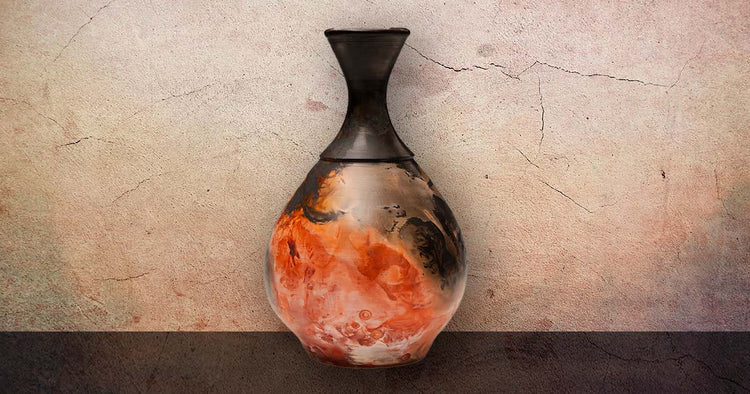-
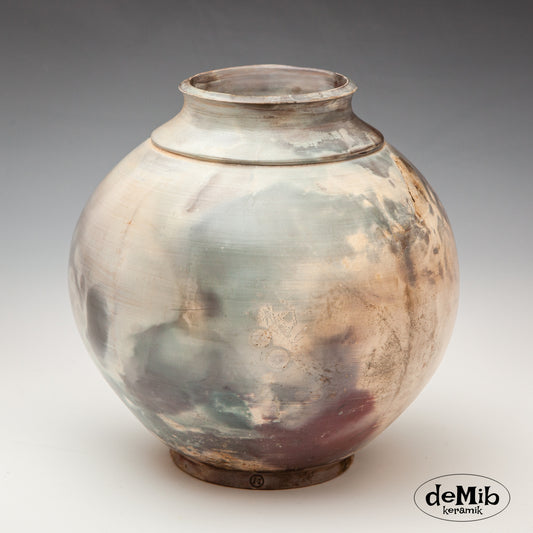 Sold out
Sold outRound Pit Fired Vase in Porcelain
Regular price €375Regular priceUnit price per -
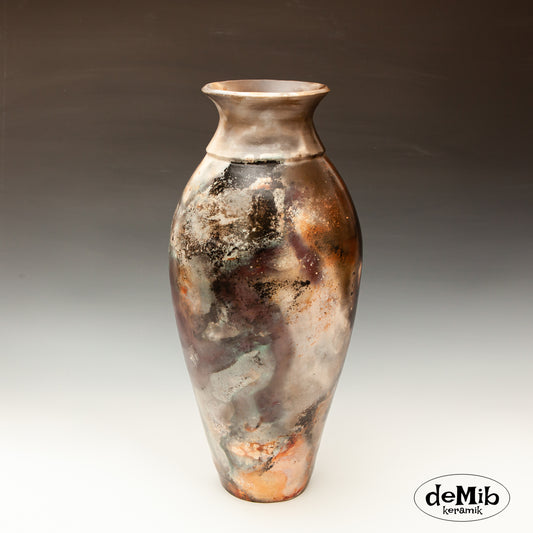 Sold out
Sold outHøj Vase brændt i Pitfire (46 cm)
Regular price €450Regular priceUnit price per -
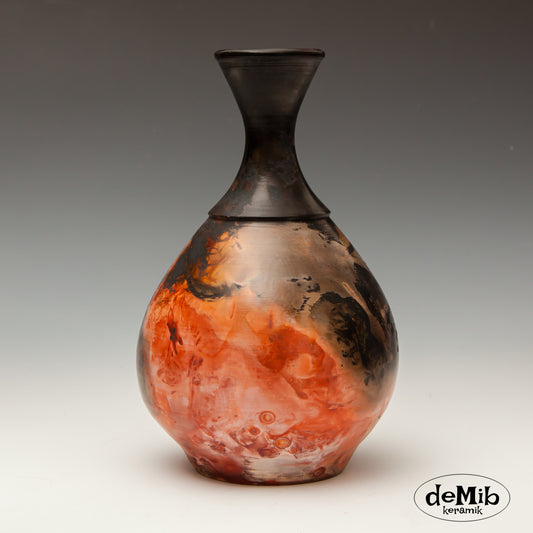 Sold out
Sold outSmall pitfired vase with black top
Regular price €225Regular priceUnit price per -
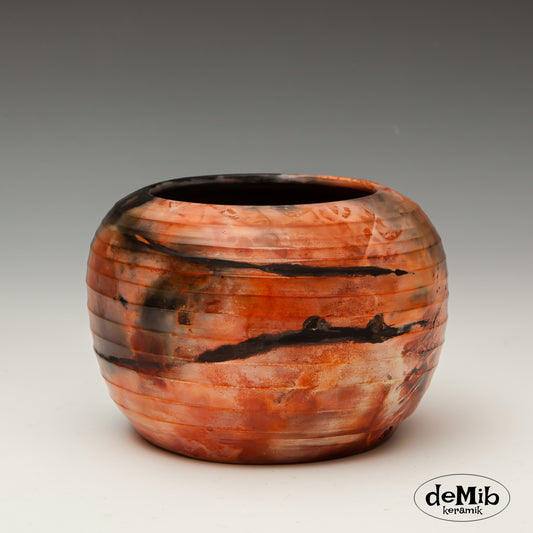 Sold out
Sold out
All the Pit Fired pots I make is first thrown on the potters wheel. I use both stoneware and porcelain. And using porcelain is actually quite unique.
Many potters will tell you its not possible to Pit Fire porcelain because of its fragile nature. It cracks. But I found ways to Pit Fire porcelain so it never cracks and in return you get some of the most amazing and intense colors.
I Pit Fired using a combination of organic materials - wood, sawdust, banana peels, straw and coffee ground mixed with oxides, chloride, baking powder and salts.
Each of the ingredients contribute to the ocean of colors.
Pit Fire is by nature a very unpredictable fire technique. Every piece is 100% unique.
